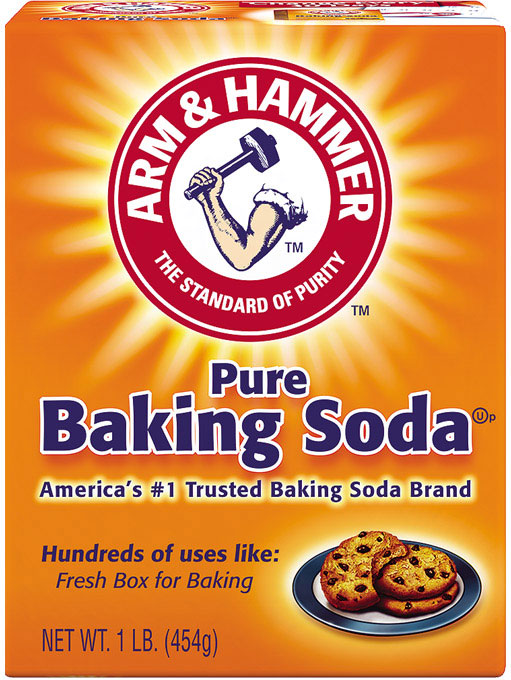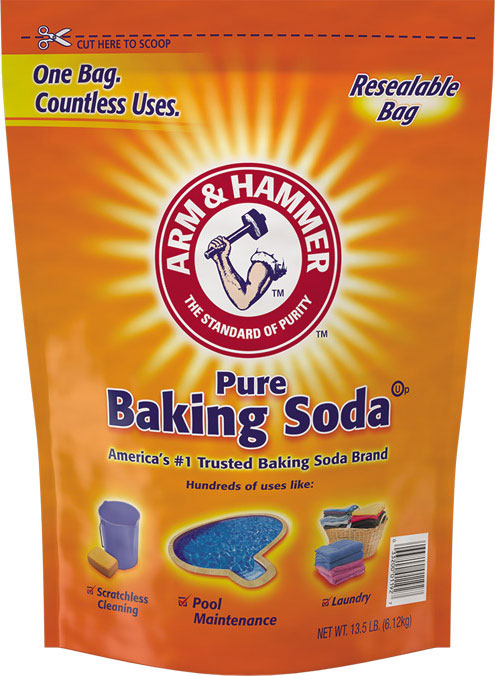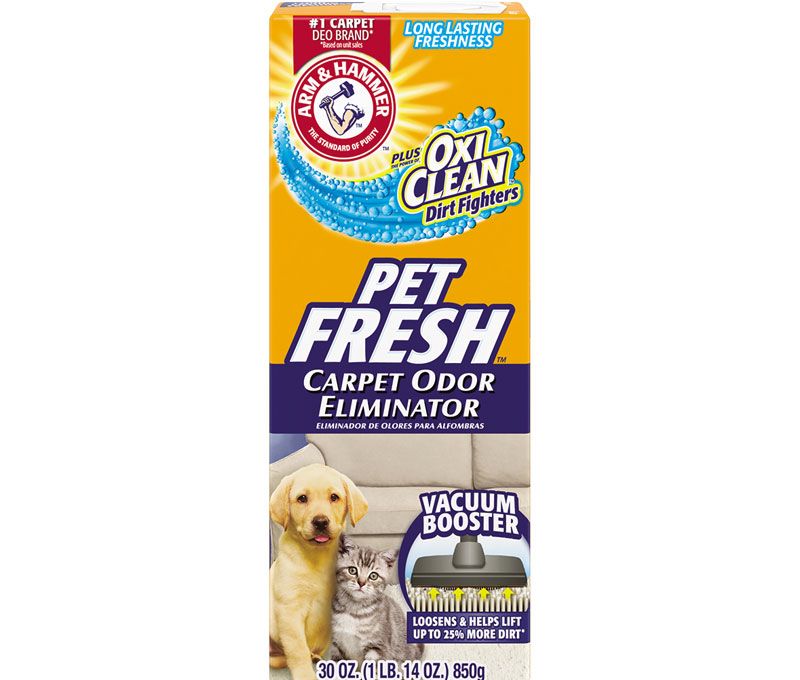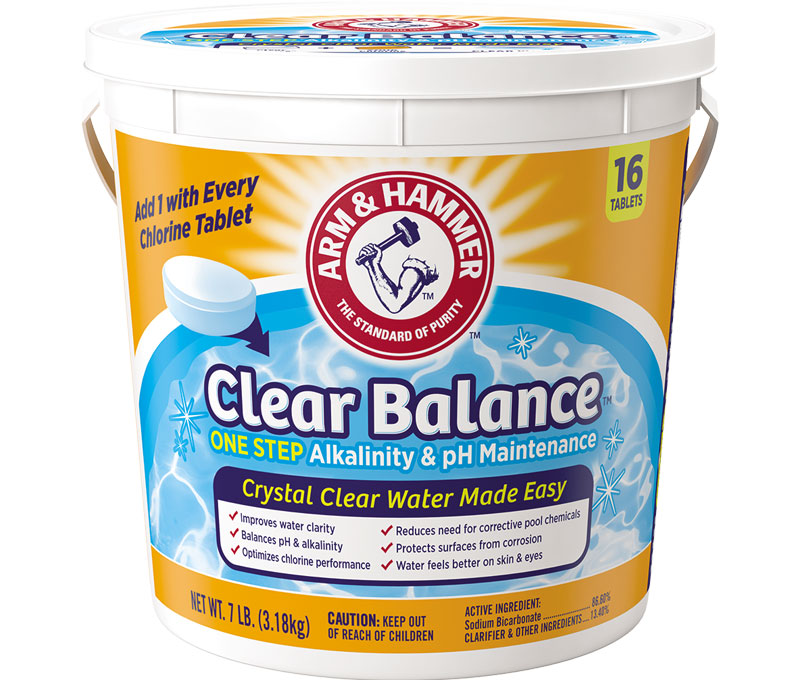How to Winterize a Pool
To close your pool for winter, you need certain supplies and equipment on hand. These apply whether you’re winterizing an above ground or an inground pool and include:
- Pool chemicals, especially shock, algaecide, and an alkalinity increaser such as ARM & HAMMER™ Baking Soda.
- Pool cover – either a safety cover or security cover.
- Winterizing expansion drain plugs.
- An air compressor, shop vac, or blower to blow out water lines.
- A pool pillow (aka air pillow) if you have an above ground pool.
- Lubricant for valves and o-rings.
- Pool cleaner equipment (e.g. vacuum, brushes, cleaner).
- Stain and scale remover & preventative.
- A secure place indoors to store pool accessories, skimmers, filters and other removable parts.
- Optional: pool antifreeze for equipment and lines.
Steps to Winterize an Inground Pool
Allow a few days to completely close your pool for the winter. Several steps to clean and balance the pool water need to be done in sequence and require time for the chemicals to disperse.
1. Deep clean the pool
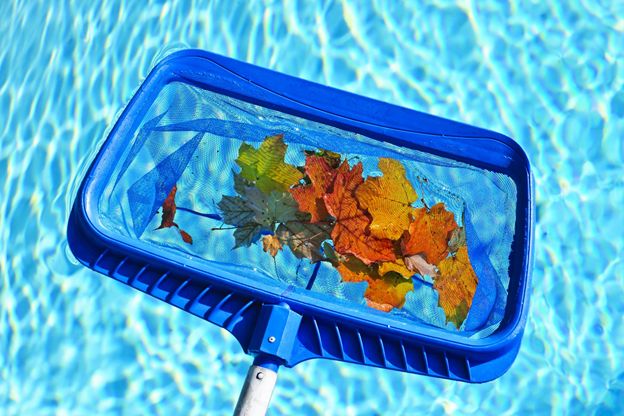
Remove all leaves, silt, and other floating debris. Vacuum the pool thoroughly and brush the walls. If your pool has a lot of algae or is especially dirty, bypass the filter and vacuum waste out the backwash line to prevent having to keep removing and cleaning the filter. Cleaning the pool well will make it easier to balance the water chemistry and help prevent mold and algae growth over the winter.
.
2. Check and Balance pH and Alkalinity Levels
Balance your pool water chemistry to the proper calcium, pH and alkalinity levels:
- pH: 7.2 – 7.8 (learn more about pH levels)
- Alkalinity: 80 – 120 ppm (learn more about alkalinity)
- Calcium Hardness: 180 – 220 ppm (see our complete pool guide to learn more)
Tip: adding baking soda to your pool is a good way to increase the water’s alkalinity and pH.
3. Shock the Pool
Add shock treatment, following the package directions. Allow the water to circulate for 24 hours and re-shock if needed until chlorine levels reach 1.0 – 3.0 ppm. Never add chlorine shock and algaecide to the pool at the same time.
4. Add Algaecide and Winterizing Treatment
The shock treatment killed bacteria, but you’ll need algaecide to kill algae. Now is also a good time to add stain and scale remover to your pool water before covering it for the winter. Follow the package directions, and be sure to evenly distribute the chemicals around the pool.
5. Lower Pool Water Level for Winter
You typically need to reduce water levels in the pool before covering it, especially if you live in an area where pool water will freeze. Use your filter pump or a submersible pump to lower the water level 12-18 inches below the skimmer if you’re using a mesh pool cover and 3-6 inches below the tile for solid pool covers. Follow the guidelines from your pool cover’s manufacturer. You can also get skimmer cover plates to help protect your skimmers from freezing and cracking.
6. Remove Pool Accessories
Remove pool accessories, including skimmers, ladders, floaters, etc. Hose off each or scrub clean using a paste of 2 parts ARM & HAMMER™ Baking Soda and 1 part water, rinse and let dry completely before putting into storage. You can also soak removable parts in a bucket with 4 tablespoons baking soda to 1 quart of water, brush clean, rinse and let dry.
Baking soda helps neutralize acids and its low abrasiveness works well on plastic and metal parts. To clean chrome fixtures, follow these directions:
Mix ¾ cup ARM & HAMMER™ Baking Soda with ¼ cup water to make a paste. Spread on your fixtures and let sit for 15-20 minutes. Use a microfiber cloth to wipe the paste away, revealing shiny clean chrome underneath.
7. Drain Pool Pump and Heating Equipment for Winter
Turn off your filter pump. Remove the drain plugs to drain water from your pump, filter, chlorinator and heater (if applicable). Store your filter and pump indoors if possible, or use a shop vac or air compressor to blow out any remaining water from your equipment. It’s very important that all water is drained or blown out to prevent freezing or cracking. Now is also a good time to consider lubricating the valves and o-rings on your equipment.
8. Winterize Pool Plumbing

For inground pools, use a shop vac or air compressor to blow out the lines from the skimmer, through the equipment and back to the pool. Plug all lines at the pool with expansion plugs. Alternatively, follow the package directions to add swimming pool antifreeze into the lines.
9. Cover the Pool for Winter
Place your pool cover across the pool. Whether you have a mesh safety pool cover or a solid security pool cover, make sure it fits tightly. Throughout the winter, periodically check your pool cover to be sure it is secure.
How to Winterize an Above Ground Pool
Most of the steps for winterizing an above ground pool are the same as those for an inground pool. You still need to clean the pool, balance the water chemistry, add shock, algaecide, stain and scale remover, and remove accessories. Instead of draining and blowing out the lines, disconnect the hoses to and from the pool pump and filter, and plug the outlets.
When winterizing an above ground pool, add an air pillow to the center of the pool before adding the cover. The pool pillow will help absorb the expansion of the pool water when it freezes and will help with pressure on the cover from snow accumulation.
As with inground pools, you want the pool cover to fit tightly. If your above ground pool cover has a winch and cable mechanism, be sure to tighten it fully to withstand winter winds and keep it secure. Follow the recommendations in your pool cover manufacturer’s manual.
Follow these steps to winterize your pool and before you know it, trees will be budding, birds will be singing, and it’ll be time to open your pool in the spring.
Have more questions about maintaining a pool? Check out these resources:

